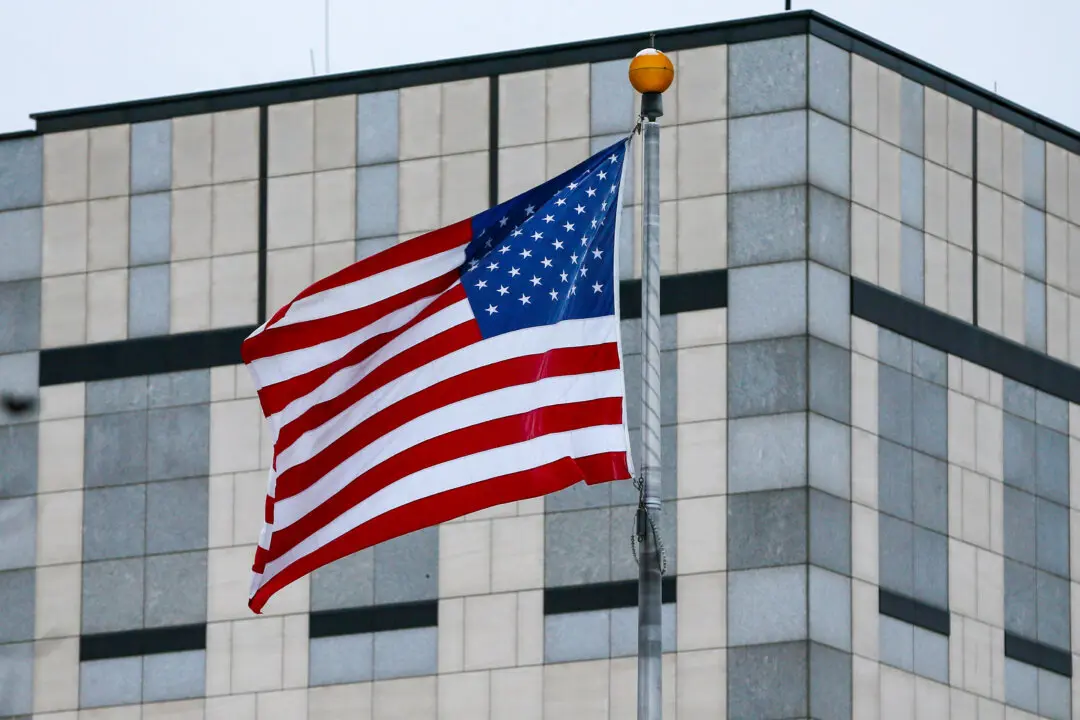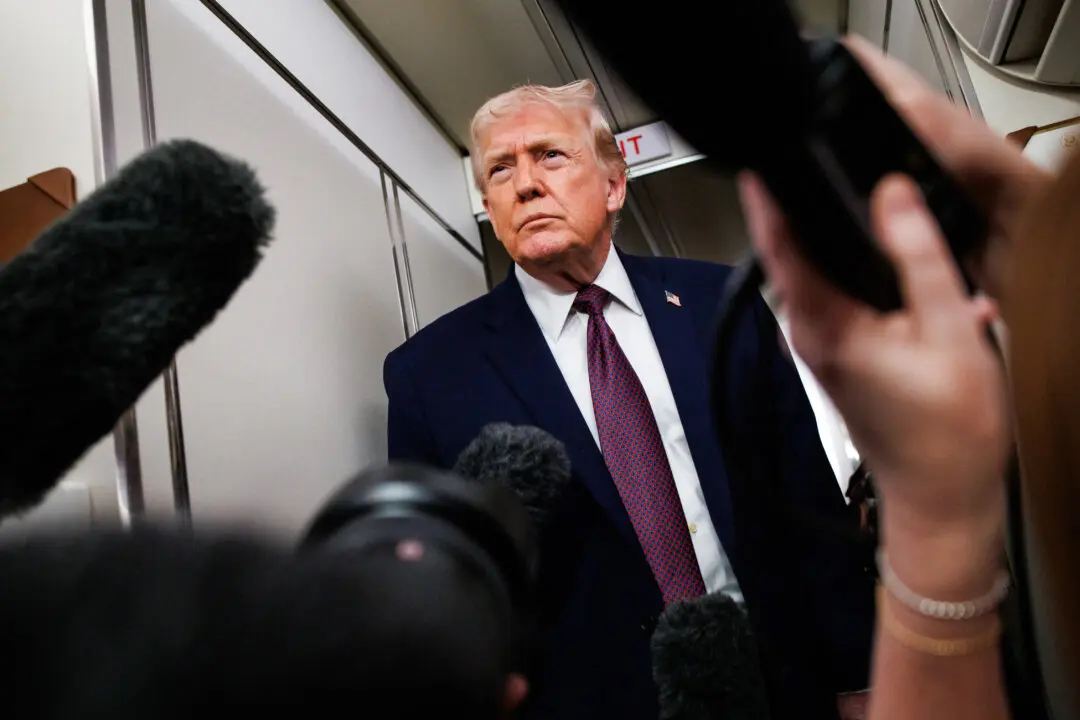A group of Wisconsin taxpayers filed a petition with the U.S. Supreme Court on Oct. 19 to put an end to the student loan forgiveness plan announced by President Joe Biden in August.
The emergency request was filed with Justice Amy Coney Barrett, who handles emergencies from Wisconsin and has the option to act on her own or refer the petition to the nine-justice court. Taxpayers argued that the court should scrap Biden’s program because it unlawfully encroaches on Congress’ spending power.





